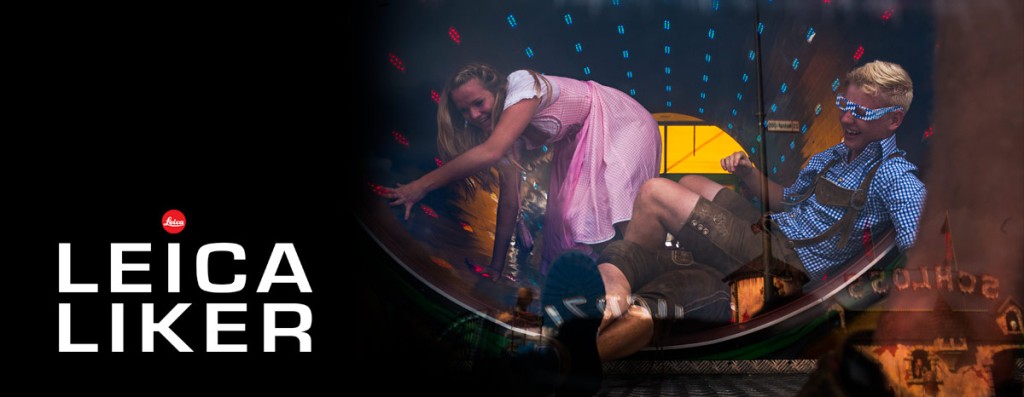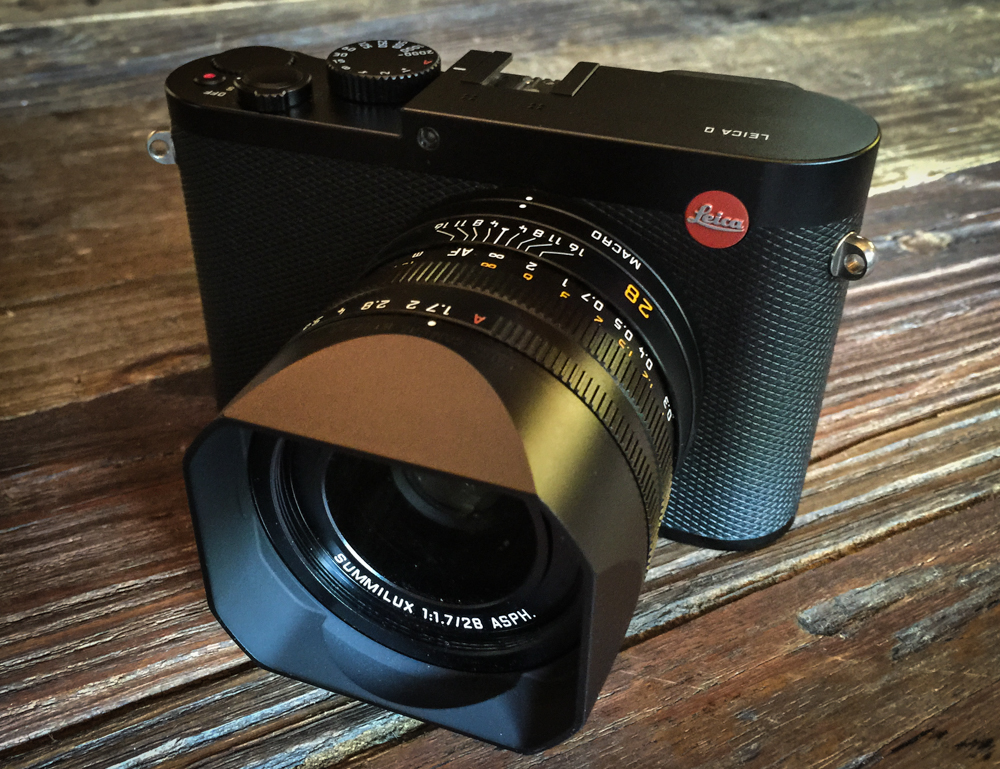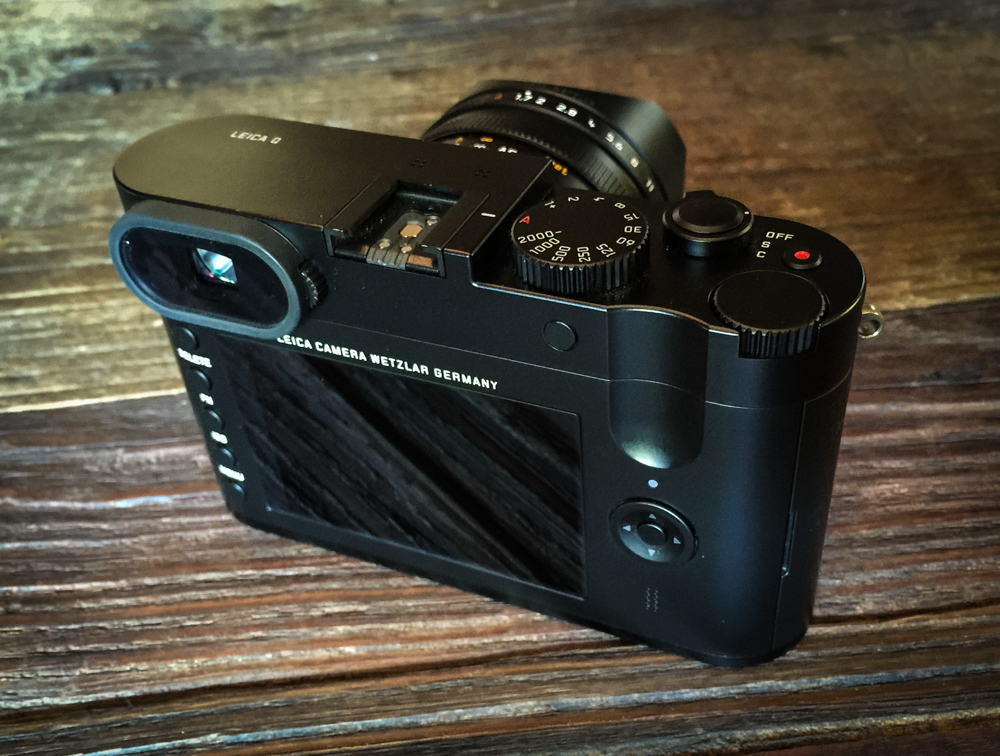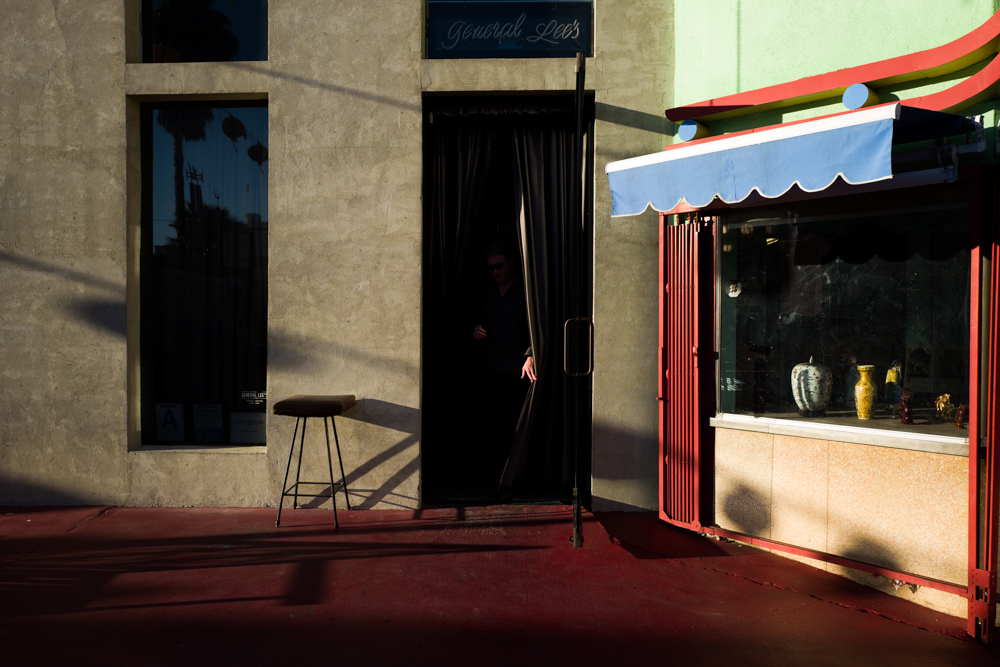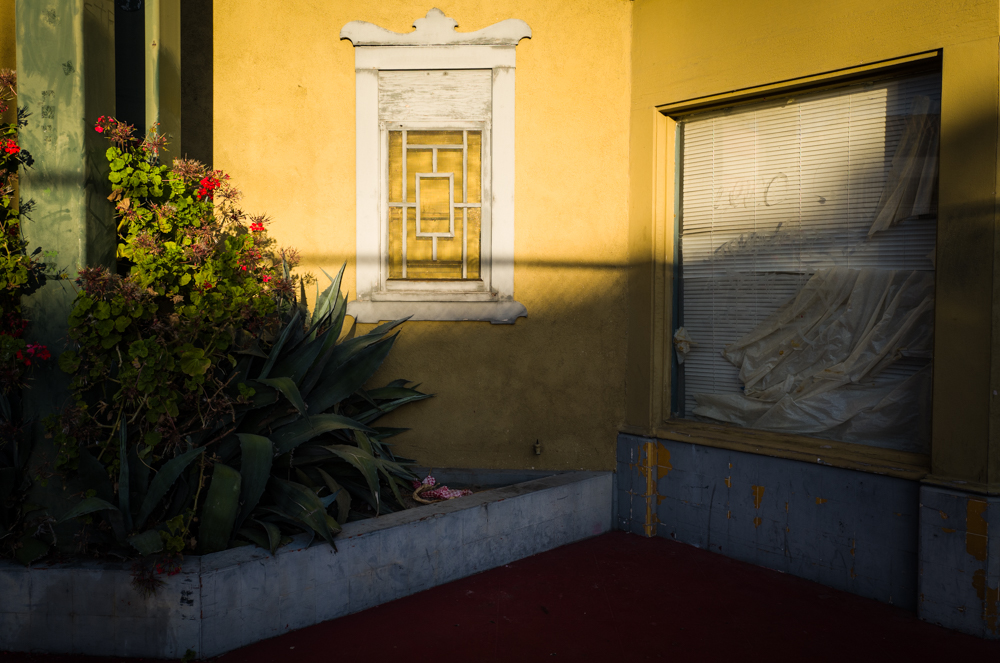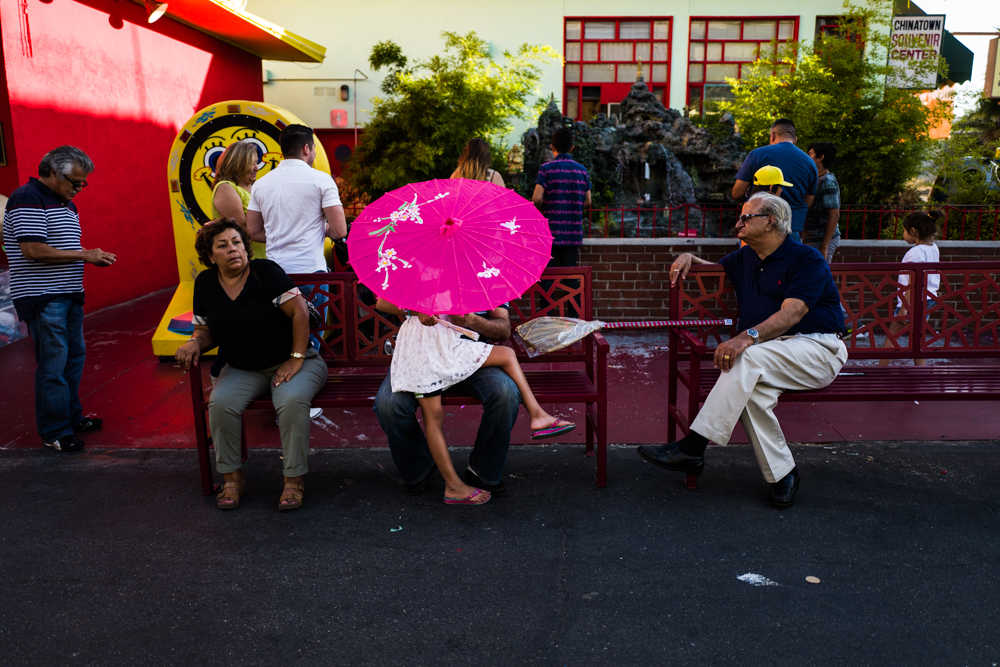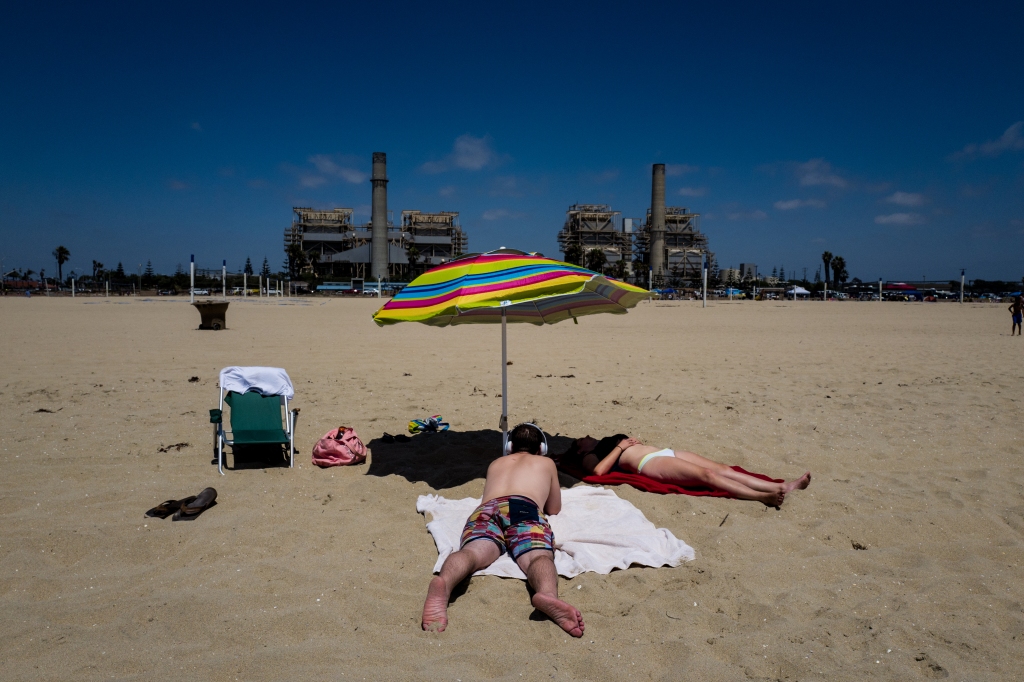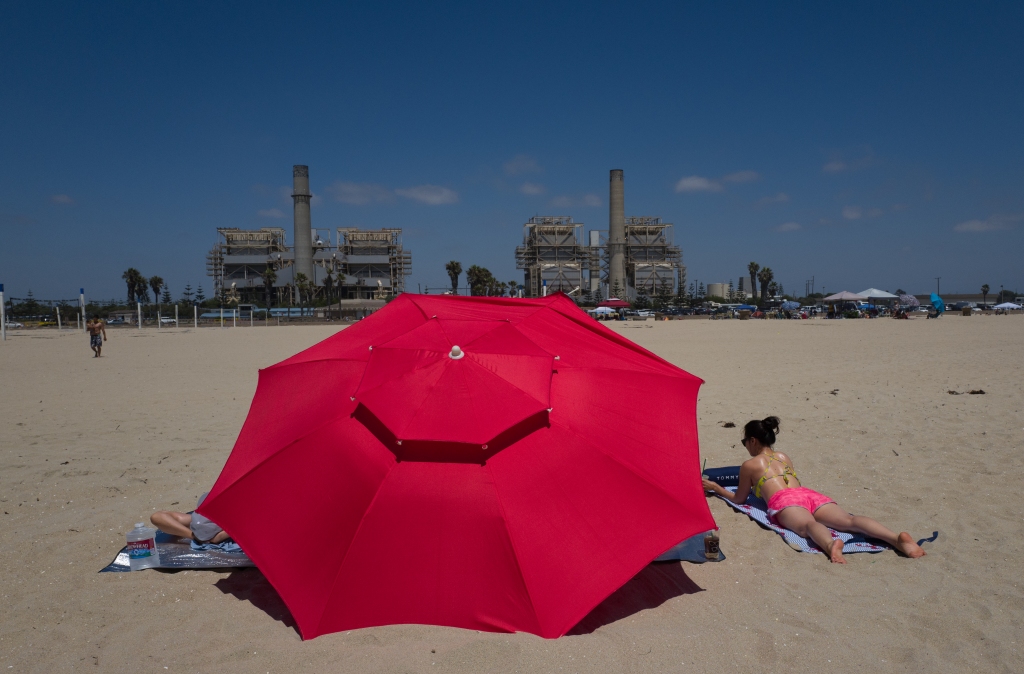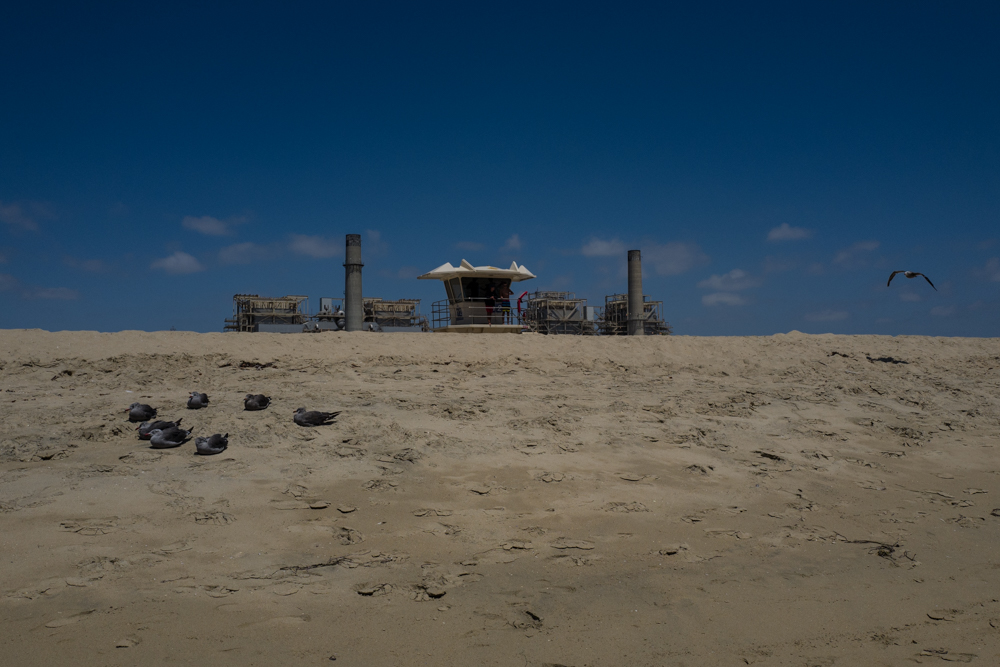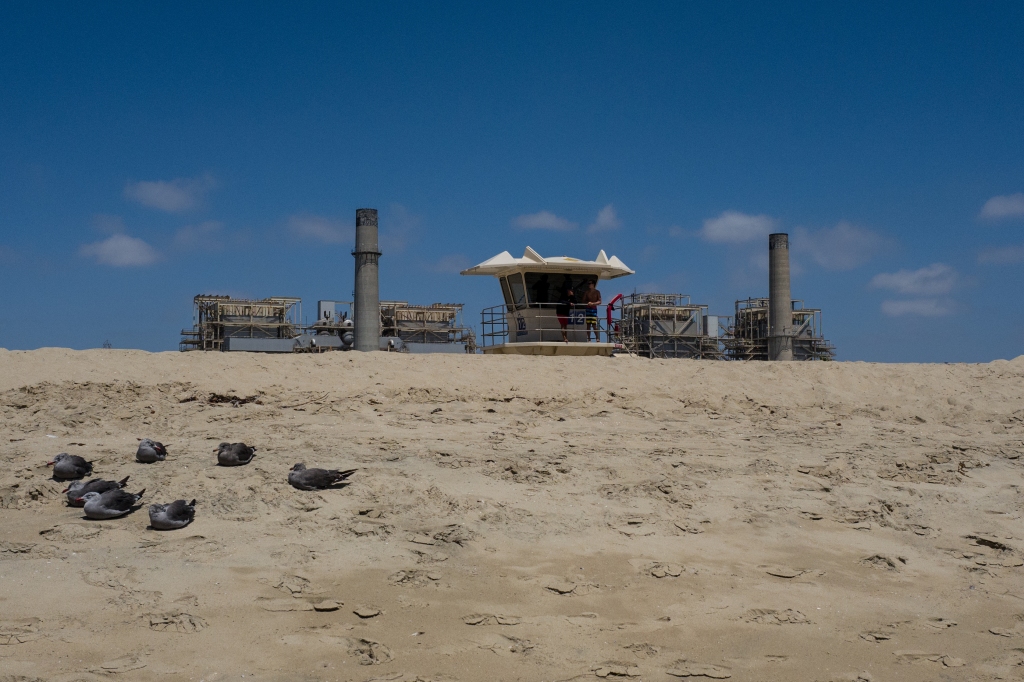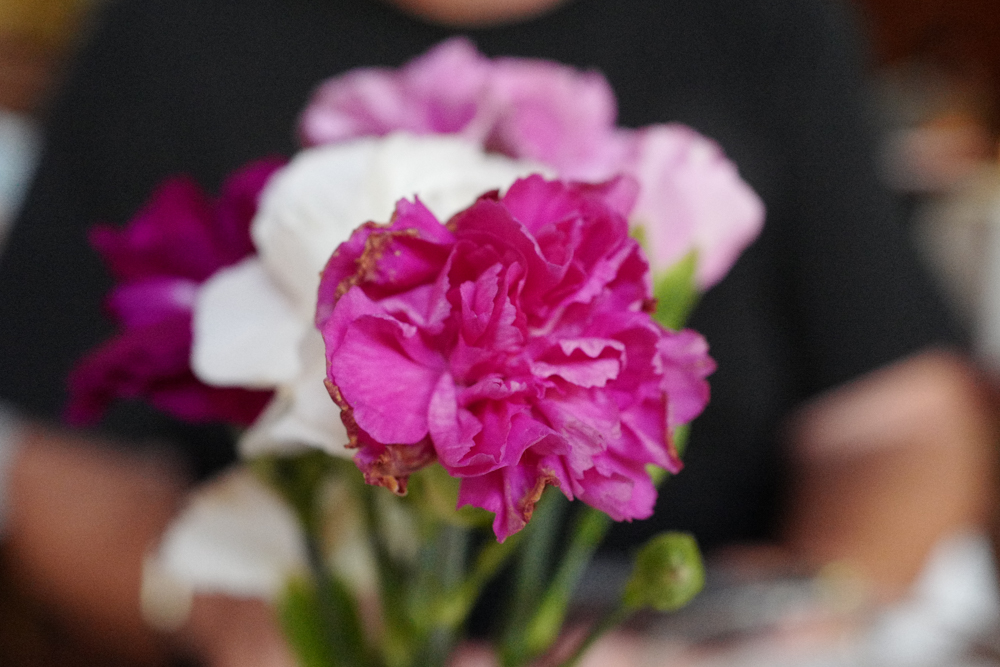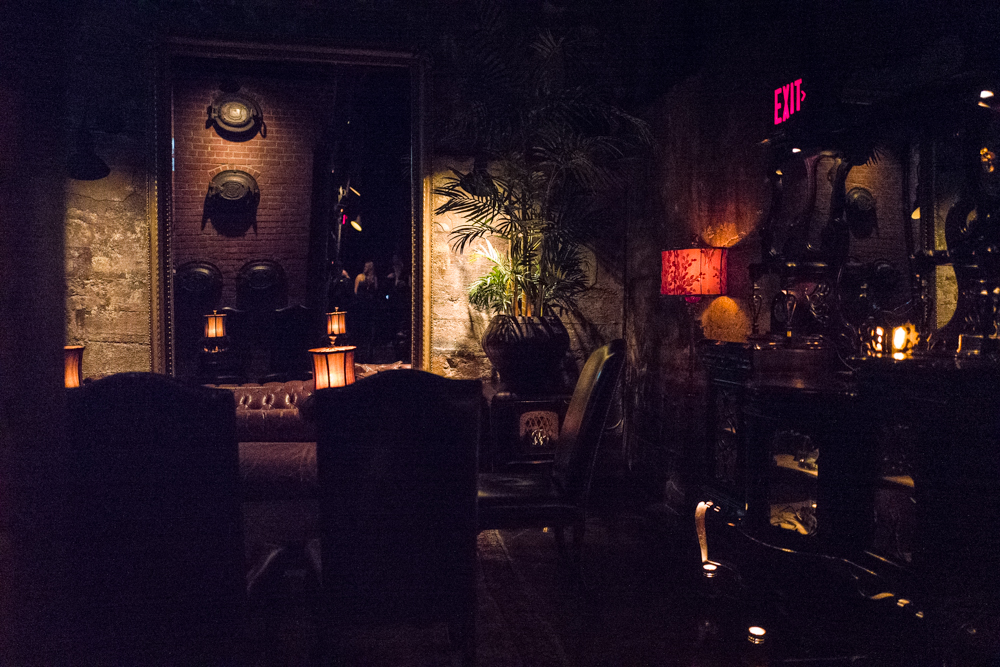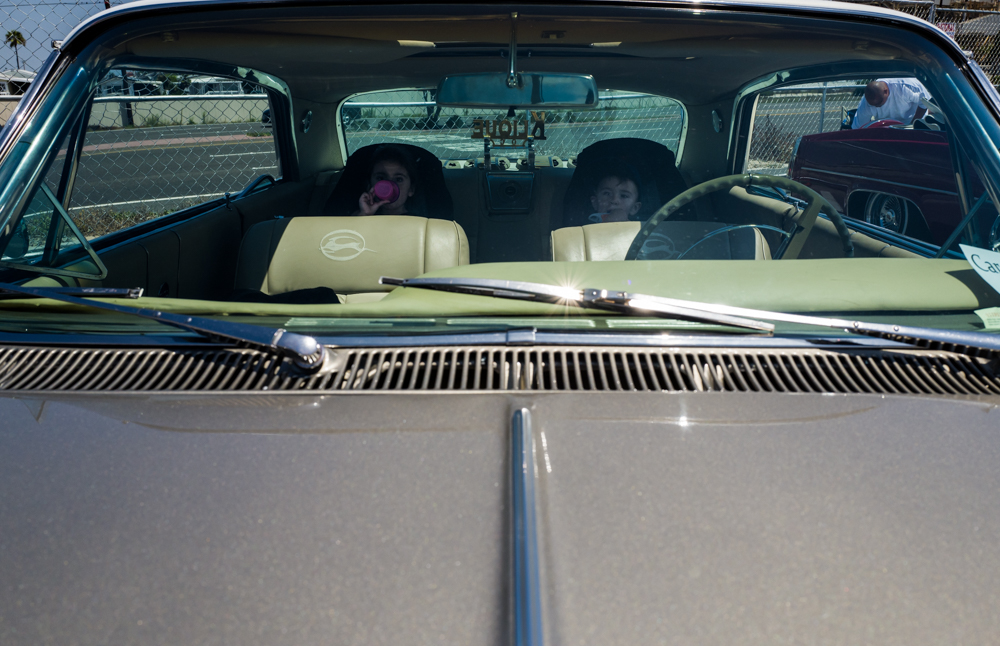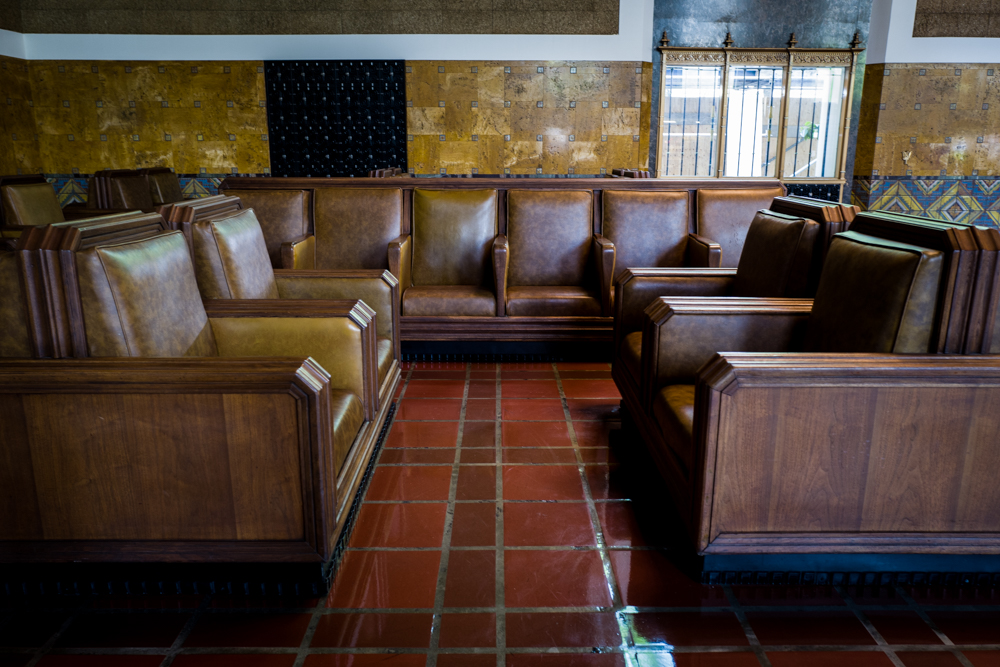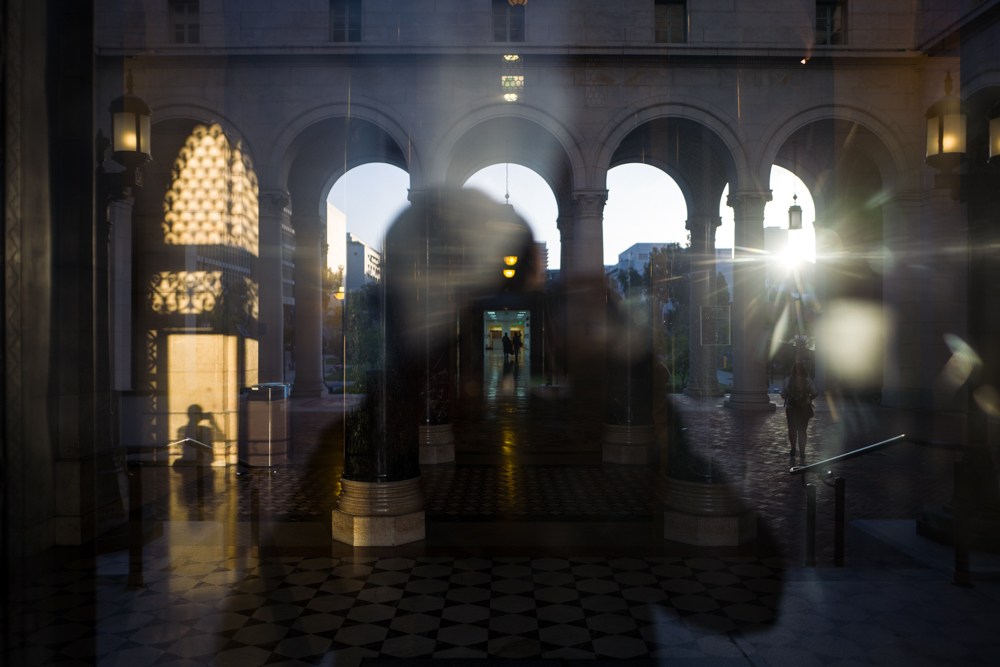First Impression of the LEICA Q “Hemingway” (Typ 116)
O and I were able to get the Leica Q (Typ 116) full frame mirrorless compact camera with a fixed 28mm Summilux f1.7 lens loaner for a week. Many thanks to Ebehard “Ebi” Kuehne (Leica District Manager) and the notorious Tibor Szilagyi (Samy’s Camera, Los Angeles).
DISCLAIMER!!!: My review is only based on the images I take and how user friendly the camera is. Images are post processed with pushing or pulling on the contrast, darks, brightness, and highlights. That is about the only post work I do. And, my bias is based on if the camera helps me capture the image I envisioned. I am not knowledgeable about equipment from any technical point of view. So if any one expects to read detailed specifications or any tech reviews, there are other sites that have the expertise. You can go to L-Camera Forum here to find out a list of all the reviews of the Q. You can check out all the specifications at the Leica site here.
ISO 400 – 1/1000 sec – f5.6
Progress is impossible without change, and those who cannot change their minds cannot change anything. – George Bernard Shaw
For the past year, my love for photography and Leica suffered a huge set back due to a confluence of energy consuming family issues. I felt stuck. And this blog got stuck too. I know you all have had this experience. Whether it is something personal or professional, we all go through this phase at some point or another in our lives. I realized I needed something greater than myself to inspire me. I needed to change the status of ‘stuck’ so I can progress.
ISO 400 – 1/800 sec – f5.6
The last time I made improvement in my photography and deepend my love for it was when the Leica M Monochrom was launched. So I’ve been looking for something similar to help reanimate my two loves again. I thought Leica’s pretty T-model would lure me back. But it was a fleeting rendezvous and like a wisp of wind, its shining beauty faded as fast as it came. So I waited for the next camera development. Before it’s announcement in July this year, Leica was secretly developing their own solo project. It was code named ‘Hemingway’, after the writer Ernest Hemingway who was bold, no nonsense and extremely efficient with his words. When I heard rumors, I knew this one would be a game changer for Leica. Come on, with Hemingway as inspiration, it had to be. And sure enough, when Leica announced the new Q model (Type 116), I got excited.
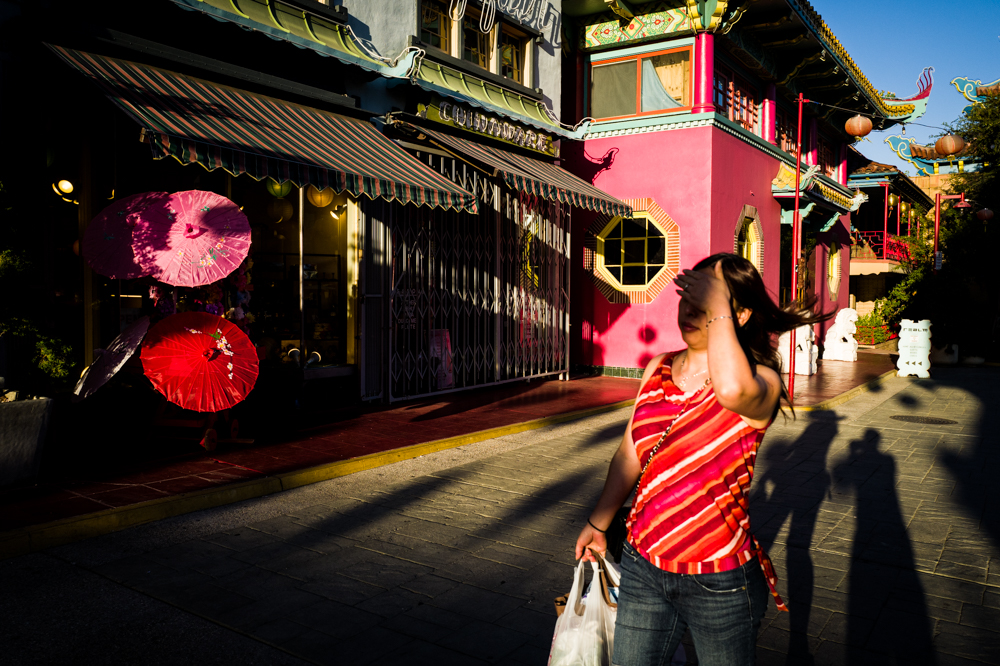
ISO 400 – 1/1600 sec – f5.6
I couldn’t wait to make the first photos. The first time I pressed the shutter, I knew Leica finally made it. This is Leica’s own venture and not some repackaging of a Panasonic camera. They say they have ‘redefined the compact camera’ and this time, you bet Leica has. Now let’s see what they did:
The Leica Q is a not so compact 24-megapixel CMOS sensor full-frame camera with a 28mm f/1.7 Summilux fixed-lens. Video records at HD 1080/60p. It is by far the most intuitive mirrorless camera I have had in my hands. I did not have an instruction manual so I tried everything by feel. And it wasn’t hard to navigate the menus.
ISO 400 – 1/3200 sec – f1.7
Although I had it for a week, I really used it for about 2 short days on account of my day job. But in the brief time I was more than pleased with the experience and especially my results. Now don’t expect major testing in this post. That’s for pixel peeps and I’m not one of them.
We all know that often, initial inspiration comes from having the right tools. You know- change of mindset, change of environment and ahem, and of course change of equipment. In this case the Q. But the real spark comes when you see the results of the shoot and you can say ‘Hell yeah! I took something worth looking at.” It makes you want to shoot more. We love to be rewarded for our efforts. And the ease with which you handle a camera makes it more fun. O and I both shot with aperture priority.
ISO 400 – 1/6400 sec – f8.0
THE BASIC PHYSICAL
Let’s start with the physical characteristics: The design team at Leica headed by Peter Kruschewski and Vincent Laine did an amazing job. They distilled the essentials of a Leica camera and the result is a modern Leica aesthetic and not a kind of copy. It recalls the mastery of Dieter Rams of Braun who created classic simple designed products. And the Q rates up there.
The Magnesium body is covered with leatherette. The hatching pattern is subtle and beautiful similar to the one on the Titanium M9 which I always secretly hankered for. The top and bottom plates are anodized aluminum. The top plate is thin rather than the bulky M. And the ergonomic thumb rest indent that cuts the top plate is a beautiful design touch. It helps the grip. Although, with the heavier lens, you’ll still need a purposeful wrist strap or shoulder strap as back-up. This is where design was primary over ergonomics.
ISO 400 – 1/6400 sec – f8.0
THE FIXED LENS
Leica paired a 28mm f/1.7 Summilux Aspherical lens to the Q body. And that was a stroke of genius. Leica glass is by far the best you can ever buy for any camera– bar none. The Summilux is their flagship top-of-the-line series. The 28mm is the most compact of all their lenses. You’re guaranteed beautiful sharp images with that signature Leica look. It makes the Q the best full frame fixed lens compact camera ever built. I don’t think there are many out there except the Sony Cyber-shot RX1R. Since it is a fixed lens, Leica decided to add digital zoom to 35mm and 50mm with the touch of a button on back of the top plate just below the shutter speed wheel. Frames pop up in the electronic viewfinder showing the crop lines of each focal length in typical range-finder fashion. The crop reduces the Jpeg image size to 15.4 and 7.5 Megapixels respectively but leaves the DNG RAW file in tact.
FYI- A curious thing happened in post production. I loaded these images into Lightroom 5 and pushed the contrast slider just a tad. I loaded it into this blog and realized I may have been heavy handed. But when I pushed the Reset button on the 35mm and 50mm images, they went back to full frame. When I hit the Previous button, I could not recover the 35mm framing but was able to recover the 50mm framing.
28mm ISO 400 – 1/5000 sec – f8.0 (click image to see full frame)
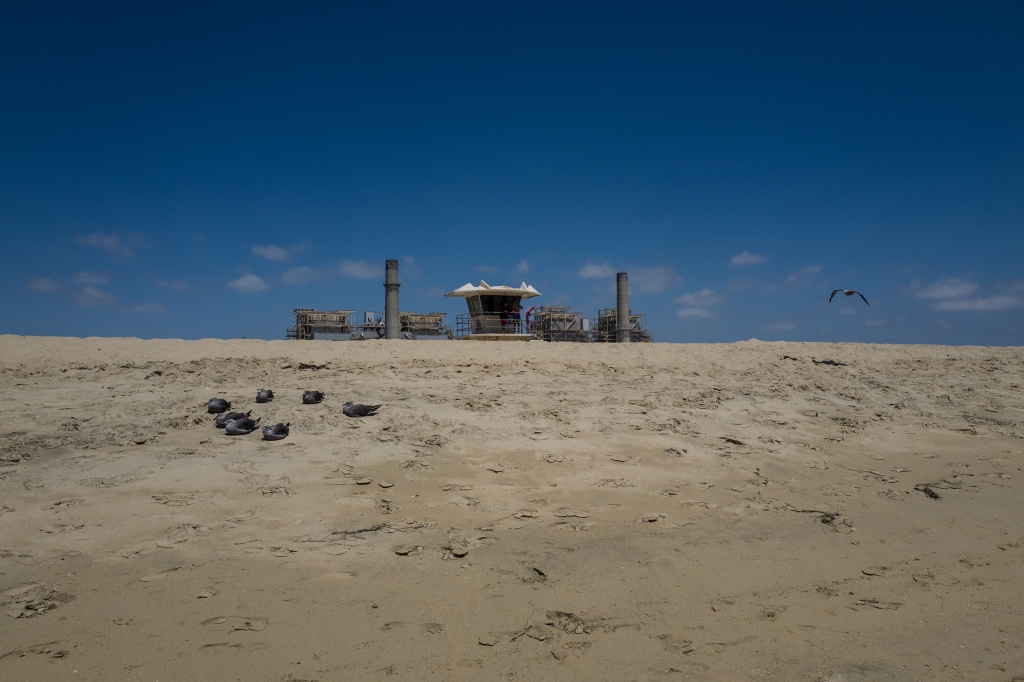
The image above is the full frame image of the 35mm because I lost the framed shot which I was able to save a lower resolution of it before I pressed the dreaded Reset Button in Lightroom. (click the above image to see full frame)
The image below was framed in camera. Obviously, there needs to be a fix by both Leica and Lightroom in Firmware and updates.
35mm (digital zoom reduces the JPEG to 15.4 megapixels) ISO 400 – 1/5000 sec – f8.0
50mm (digital zoom reduces the JPEG to 7.5 megapixels) ISO 400 – 1/5000 sec – f8.0 (click image to see full frame)
I have been shooting street and all kinds of photography with the Leica’s 35mm f/1.7 Summilux lens. But since playing with the 28mm, I am enjoying the wider angle.
MACRO-OPTION
I love the built-in Macro allowing you to focus as close as 6 inches. It has a nifty distance ring that slides past the regular distance ring when you turn the macro dial around the lens. It has a very nice resistance feel and sound to it. This little addition makes the camera more of a go-to camera for everything from wide shots to detailed close-ups.
ISO 400 – 1/5000 sec – f5.0 (indoor shot)
SENSOR
The camera takes advantage of a full-frame (24 x 36mm) CMOS sensor with 24.2 million effective pixels with no filters. That means it’s clean. And for a compact camera, it has a powerful professional Leica Maestro II processing engine similar to Leica’s S camera (medium format for professionals).
ISO 25,000 – 1/640 sec – f1.7
ISO
Its range is from ISO 100 to 50,000. Combine that with f1.7 aperture and its low light capabilities is better than my Leica M240. It delivers images with detail even in the high ISO range without too much noise. I was pleased with Hand-Held images up to 25,000 ISO in low light. However, the grain started to creep in after ISO 25,000. BTW, Like all Leica cameras, it’s always better to under expose as the sensor allows you to pull details out of the shadows.
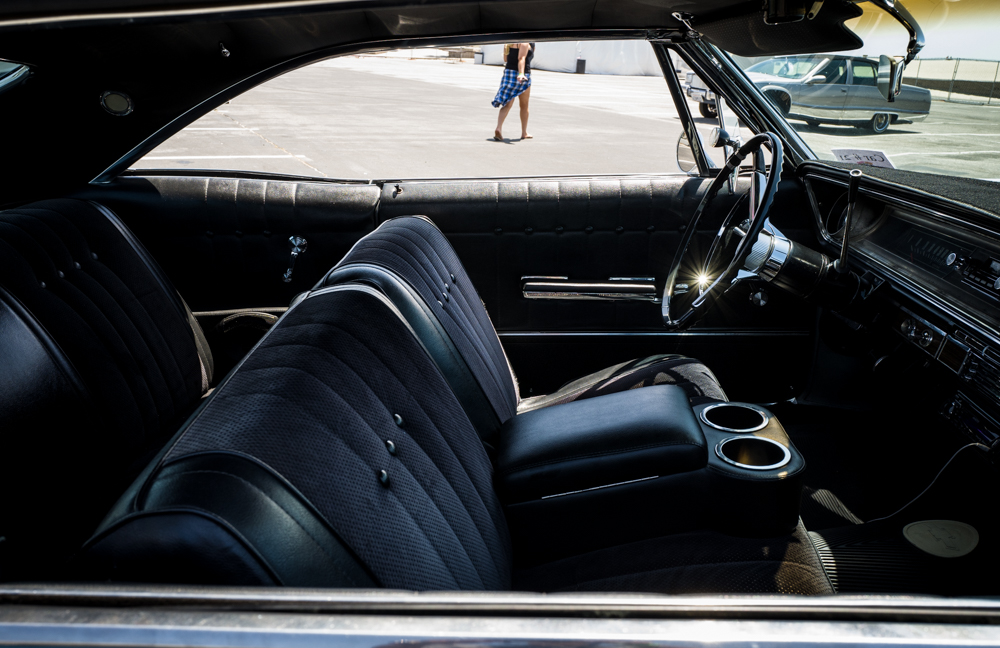
ISO 400 – 1/200 sec – f8.0
AUTO FOCUS
Up until now, Leica either never installed auto focus and if they did, they did so on the smaller compact cameras and they were painfully slow. The Q’s auto focus (AF) is the first one that is precise in real time. It does lose its precision when in extreme dim light situations. But that’s true of all auto focus that measures contrast.
I know you know what I mean when I say I lost so many potentially keeper images, all because I was fumbling with my focus, so I tend to zone focus (setting my aperture at f8 or f11). With the Q, I did try a few shots using manual focus, but I mainly shot in AF mode. It really enhanced my photography experience because for the first time I could concentrate on making the shot and not on focusing. I am convinced without the Q’s autofocus I would not have been able to capture the hand behind the curtain in my first image above or the woman walking in the background through the car window.

ISO 400 – 1/250 sec – f8.0
PROCESSOR
For a compact camera, the Q has a powerful professional Leica Maestro II processing engine similar to Leica’s S camera (medium format for professionals). This allows high speed continuous burst shooting at 10 frames per second in full resolution.
ISO 400 – 1/2500 sec – f8.0
EVF and TOUCH SCREEN
The 3″ LCD multi-touch screen has 1,040,000 pixels which is higher resolution than the M. You can zoom in and out of photos by pinching. It also allows you to move the focus point with the touch of a finger which comes in handy. I have to say, I used this option rather frequently.
The internal EVF has 3,680,000 pixels making it extremely clear and bright. I prefer this than the Live View in the LCD screen, which is bright but glare sometimes bounces off it.
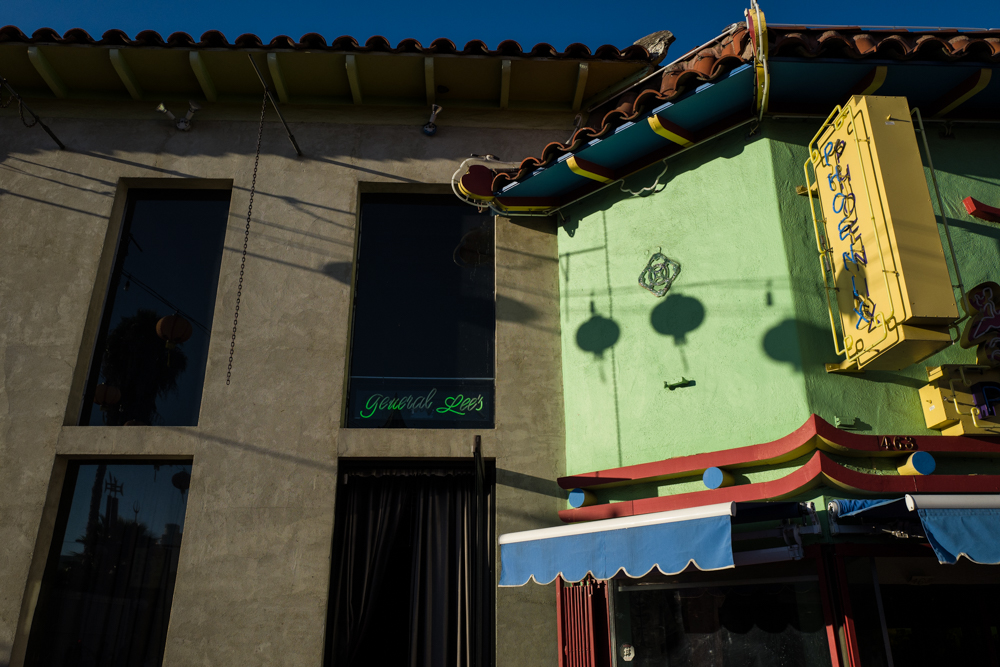
ISO 400 – 1/2500 sec – f5.6
MENU
The basic functions are pretty intuitive. The most intuitive of all Leica menus by far. However, I find that the menu in general has much too many options that are buried. I’m the type of person, out of sight, out of mind. There are so many functions that I just don’t know what to do with it. But I guess Leica erred of the side of more is better.
SHUTTER
Super quiet.
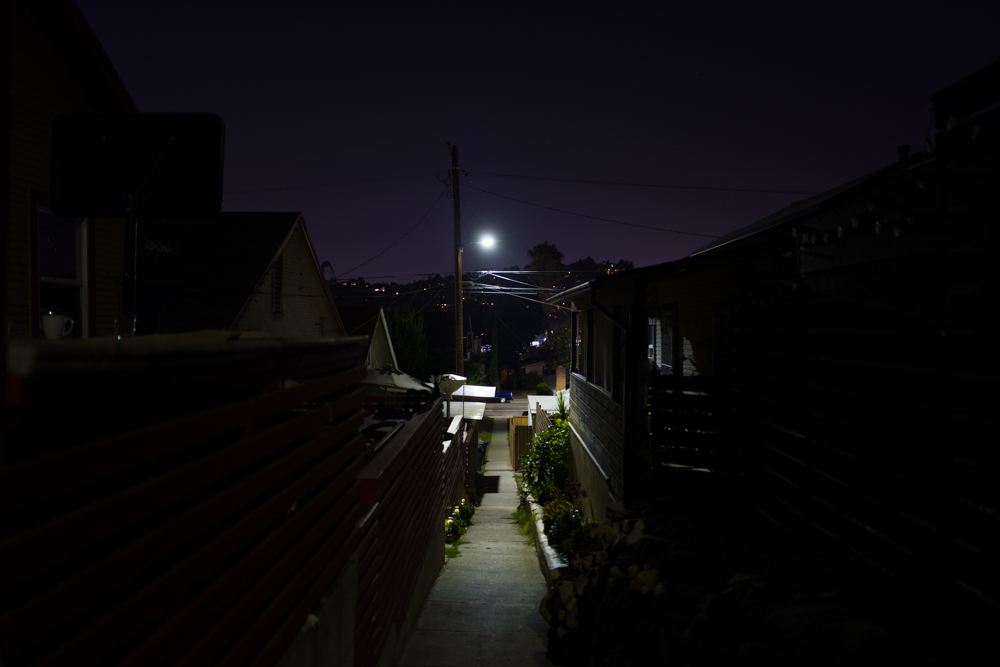
ISO 400 – 1/5 sec – f1.7
IMAGE STABILIZER
This is Leica’s first camera to have a optical image stabilizer. This is perfect for someone like me who always tilts the camera when I press the shutter release, causing my images to often be blurry. See the night shot above? I shot it wide open at 1/5 sec. Now that’s image stabilization!
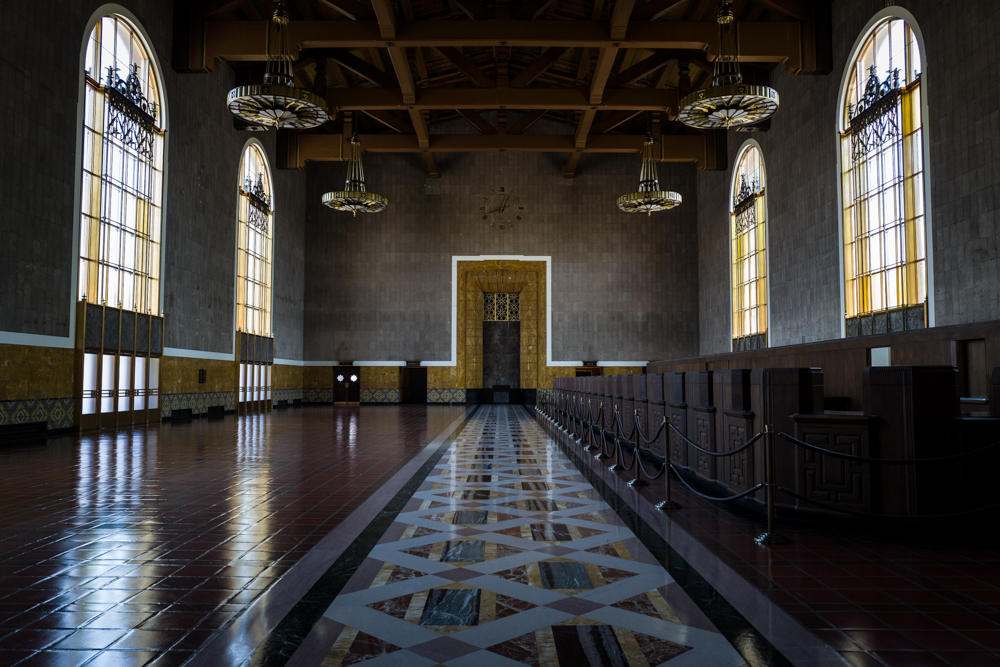
ISO 400 – 1/80 sec – f4.0
ISO 400 – 1/15 sec – f4.0
CONNECTIVITY
I did not have time to test the connectivity, but the idea totally intrigues me. It’s definitely an option I would like to explore.
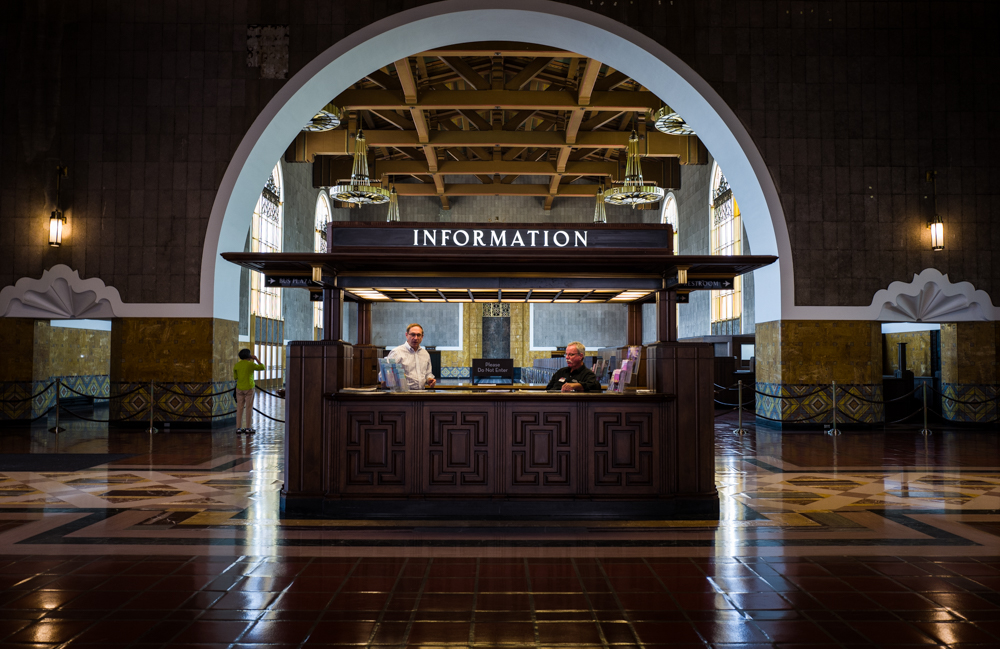
ISO 400 – 1/25 sec – f4.0
THE PRICE TAG
US$4250
In the big picture, I think it’s actually quite a bargain. Let me explain: A brand new Summilux 28mm F1.4 Aspherical lens is selling for $5950. The Q lens is a Summilux 28mm F1.7. The difference is hardly negligible. For $4250, you get a fabulous lens and a camera attached to it.
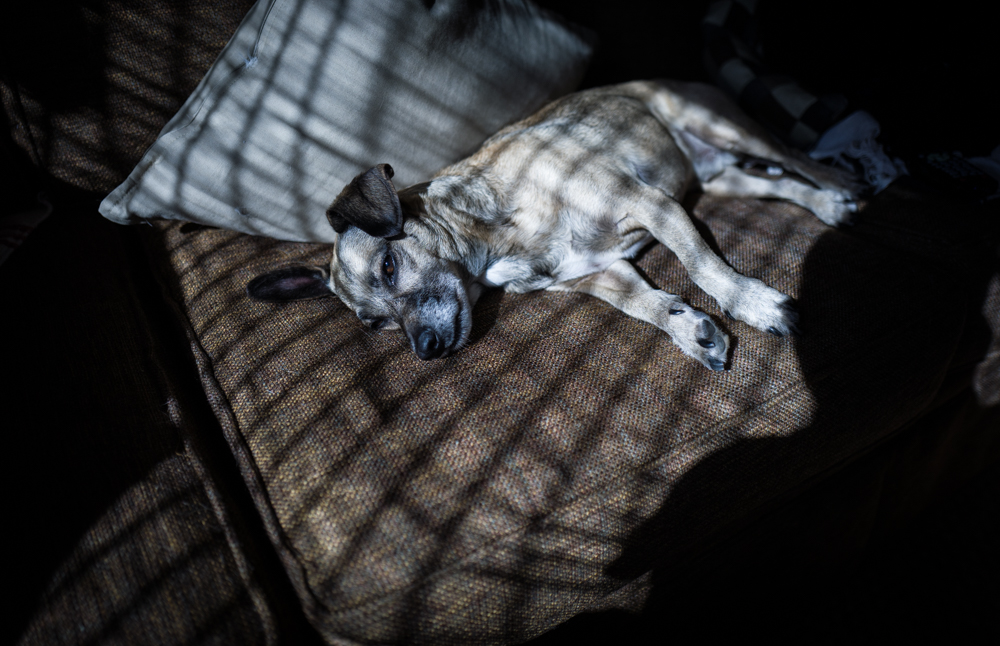
ISO 100 – 1/500sec – f1.7
CONCLUSION
So what do I think about this camera? I love it. It’s the perfect street photography and all round camera. I am tempted to consider it as my back-up. It is like having a better mini M240. But as a Leica friend of mine summed it up so aptly: “if I bought a Q, I would never use my M.” I’m inclined to agree.
I hope this is the beginning of Leica working its way back to the forefront of camera technology that its original brand and reputation was built on. I understand they make handmade products and therefore need to stay in the luxury range for financial reasons. And because of that, they should be selling the ‘state of the art’, which has been slow in coming. But with the Q, I look forward to seeing Leica’s forward development.
ISO 100 – 1/250 sec – f1.7
